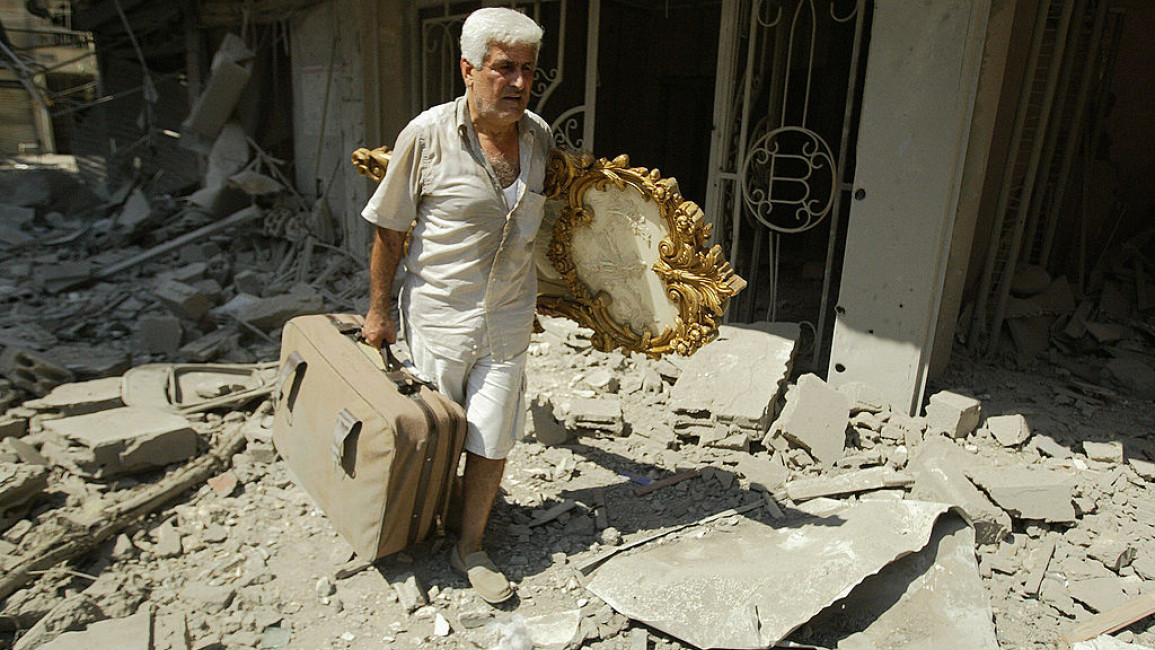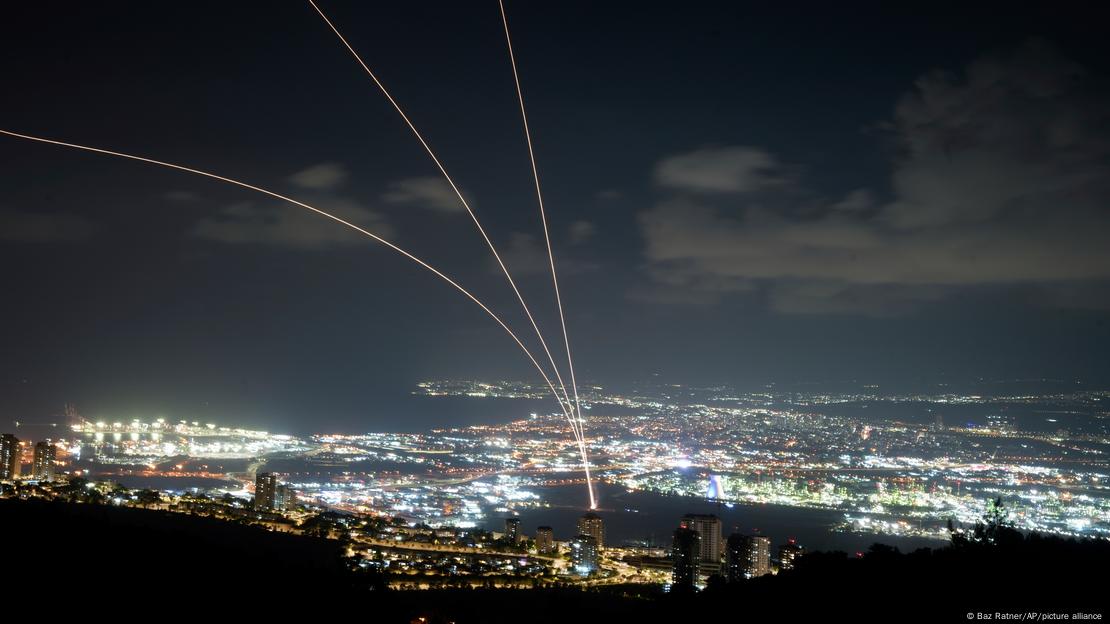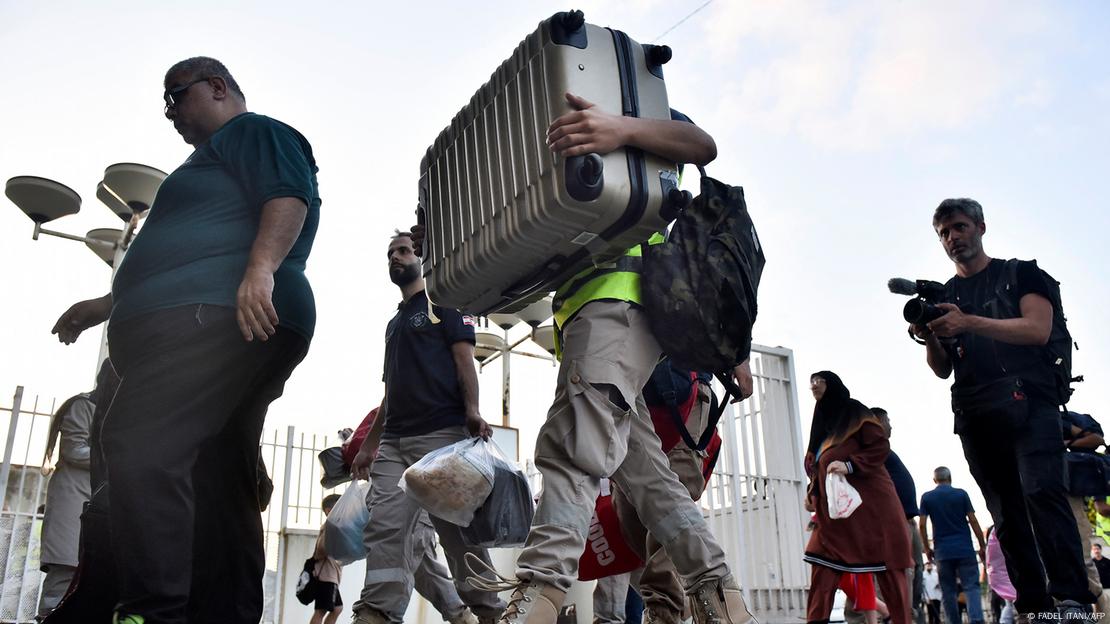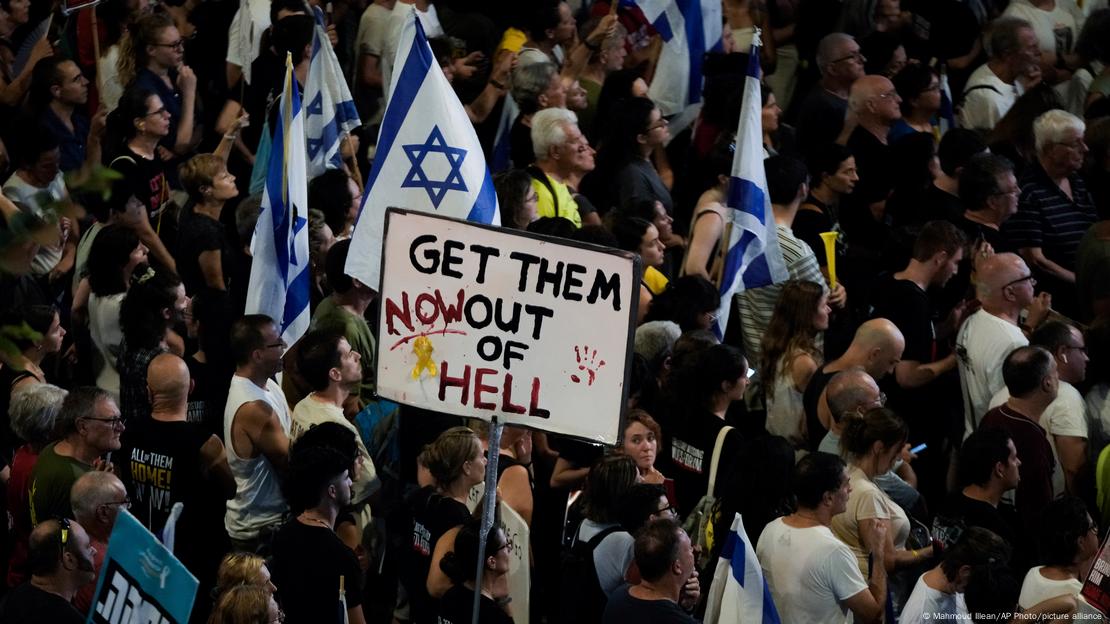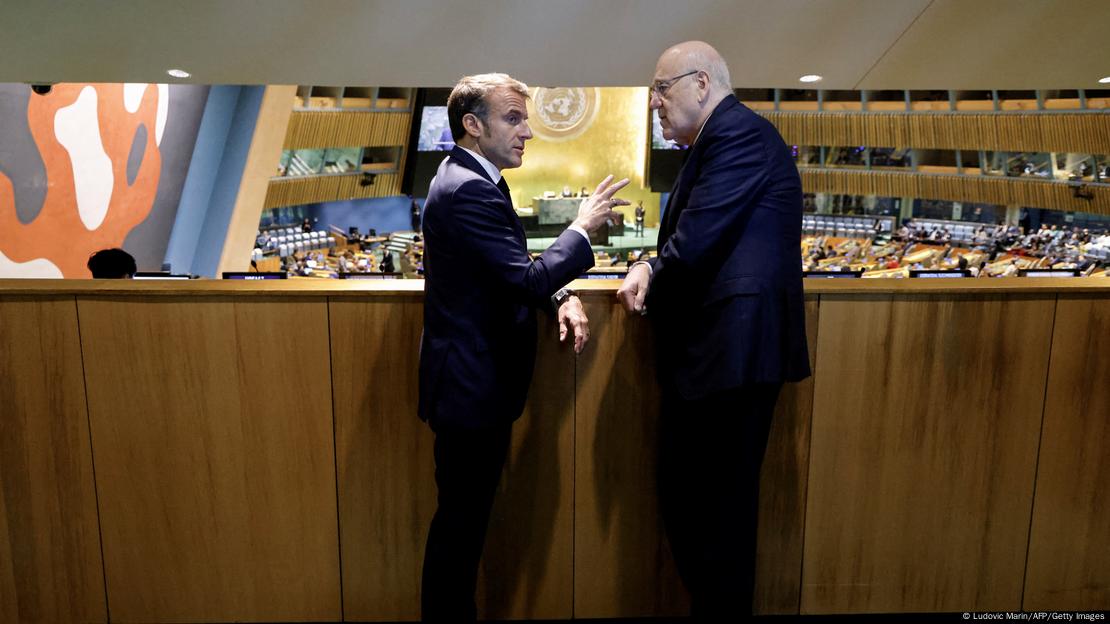Hezbollah's participation in the Israel-Hamas war has been as a “support front” for its ally, Hamas, Kassem said, and “if the war stops, this military support will no longer exist.”
Outlook Web Desk
Updated on: 2 July 2024

Hezbollah's deputy leader Sheik Naim Kassem | Photo: AP
The deputy leader of the Lebanese militant group Hezbollah said Tuesday the only sure path to a cease-fire on the Lebanon-Israel border is a full cease-fire in Gaza.
“If there is a cease-fire in Gaza, we will stop without any discussion,” Hezbollah's deputy leader, Sheikh Naim Kassem, said in an interview with The Associated Press at the group's political office in Beirut's southern suburbs.

US, Europe Warn Lebanon's Hezbollah To Ease Strikes On Israel And Back Off From Wider Mideast War
BY Associated Press
Hezbollah's participation in the Israel-Hamas war has been as a “support front” for its ally, Hamas, Kassem said, and “if the war stops, this military support will no longer exist.”
But, he said, if Israel scales back its military operations without a formal cease-fire agreement and full withdrawal from Gaza, the implications for the Lebanon-Israel border conflict are less clear.

US, Europe Warn Hezbollah To Ease Strikes On Israel Amid Risk Of Mid-East War Being A 'Catastrophe' For Lebanon
“If what happens in Gaza is a mix between cease-fire and no cease-fire, war and no war, we can't answer (how we would react) now, because we don't know its shape, its results, its impacts,” Kassem said during a 40-minute interview.
The war began on Oct. 7 after Hamas militants invaded southern Israel, killing some 1,200 — mostly civilians — and kidnapping roughly 250. Israel responded with an air and ground assault that has caused widespread devastation and killed more than 37,900 people in Gaza, according to the territory's Health Ministry, which does not distinguish between combatants and civilians in its count.

Amid Israel And Hezbollah's Conflict In Lebanon, A Warning For Cyprus
Talks of a cease-fire in Gaza have faltered in recent weeks, raising fears of an escalation on the Lebanon-Israel front. Hezbollah has traded near-daily strikes with Israeli forces along their border over the past nine months.
The low-level conflict between Israel and Hezbollah has displaced tens of thousands on both sides of the Israel-Lebanon border.
Hamas has demanded an end to the war in Gaza, and not just a pause in fighting, while Israeli Prime Minister Benjamin Netanyahu has refused to make such a commitment until Israel realizes its goals of destroying Hamas' military and governing capabilities and brings home the roughly 120 hostages still held by Hamas.
Last month, the Israeli army said it had “approved and validated” plans for an offensive in Lebanon if no diplomatic solution was reached to the ongoing clashes. Any decision to launch such an operation would have to come from the country's political leadership.
Some Israeli officials have said they are seeking a diplomatic solution to the standoff and hope to avoid war. At the same time, they have warned that the scenes of destruction seen in Gaza will be repeated in Lebanon if war breaks out.
Hezbollah, meanwhile, is far more powerful than Hamas and believed to have a vast arsenal of rockets and missiles capable of striking anywhere in Israel.
Kassem said he doesn't believe that Israel currently has the ability — or has made a decision — to launch a full-blown war with Hezbollah. He warned that even if Israel intends to launch a limited operation in Lebanon that stops short of a full-scale war, it should not expect the fighting to remain limited.
“Israel can decide what it wants: limited war, total war, partial war,” he said. “But it should expect that our response and our resistance will not be within a ceiling and rules of engagement set by Israel… If Israel wages the war, it means it doesn't control its extent or who enters into it.”
The latter was an apparent reference to Hezbollah's allies in the Iran-backed so-called “axis of resistance” in the region. Armed groups in Iraq, Syria, Yemen and elsewhere — and, potentially, Iran itself — could enter the fray in the event of a full-scale war in Lebanon, which might also pull in Israel's strongest ally, the United States.
U,S. and European diplomats have made a circuit between Lebanon and Israel for months in an attempt to ward off a wider conflict.
Kassem said he met on Saturday with Germany's deputy chief of intelligence, Ole Dieh, in Beirut. U.S. officials do not meet directly with Hezbollah because Washington has designated it a terrorist group, but they regularly send messages via intermediaries.
Kassem said White House envoy Amos Hochstein had recently requested via intermediaries that Hezbollah apply pressure on Hamas to accept a cease-fire and hostage-exchange proposal put forward by U.S. President Joe Biden. He said Hezbollah had rejected the request.
“Hamas is the one that makes its decisions and whoever wants to ask for something should talk to it directly,” he said.
Kassem criticized U.S. efforts to find a resolution to the war in Gaza, saying it has backed Israel's plans to end Hamas' presence in Gaza. A constructive deal, he said, would aim to end the war, get Israel to withdraw from Gaza, and ensure the release of hostages.
Once a cease-fire is reached, then a political track can determine the arrangements inside Gaza and on the front with Lebanon, he added.
July 2, 2024
Hezbollah and Israel have been exchanging border fire since the eruption of the Gaza war in October, but recent escalation has fueled concern of a bigger confrontation.

Erdogan said Türkiye "will resolve the issue of refugees not based on prejudices or fears, but with rational, conscientious framework based on realities of the country and economy." /Photo: AA
Turkish President Tayyip Erdogan has expressed concern about Israel's increasing rhetoric and attacks on Lebanon, particularly regarding the future of the region.
"No state in our region, including Türkiye, can feel safe as long as Israeli aggression under [Israel's Prime Minister] Netanyahu's administration is not stopped," Erdogan said on Tuesday after a cabinet meeting in Ankara.
Hezbollah and Israel have been exchanging border fire since the eruption of the Gaza war in October, but recent escalation has fueled concern of a bigger confrontation.

Their worst confrontation in 18 years
The Lebanese group has linked the cessation of its attacks on Israel to the end of Tel Aviv’s onslaught on Gaza, which has killed nearly 38,000 Palestinians and created a humanitarian catastrophe.
While the current fighting between Israel and Hezbollah is still relatively contained, it marks their worst confrontation in 18 years, with widespread damage to buildings and farmland in southern Lebanon and northern Israel.
The sides have been trading fire since the Gaza war erupted in October. The hostilities have largely depopulated the border zone on both sides, with tens of thousands of people fleeing their homes.
